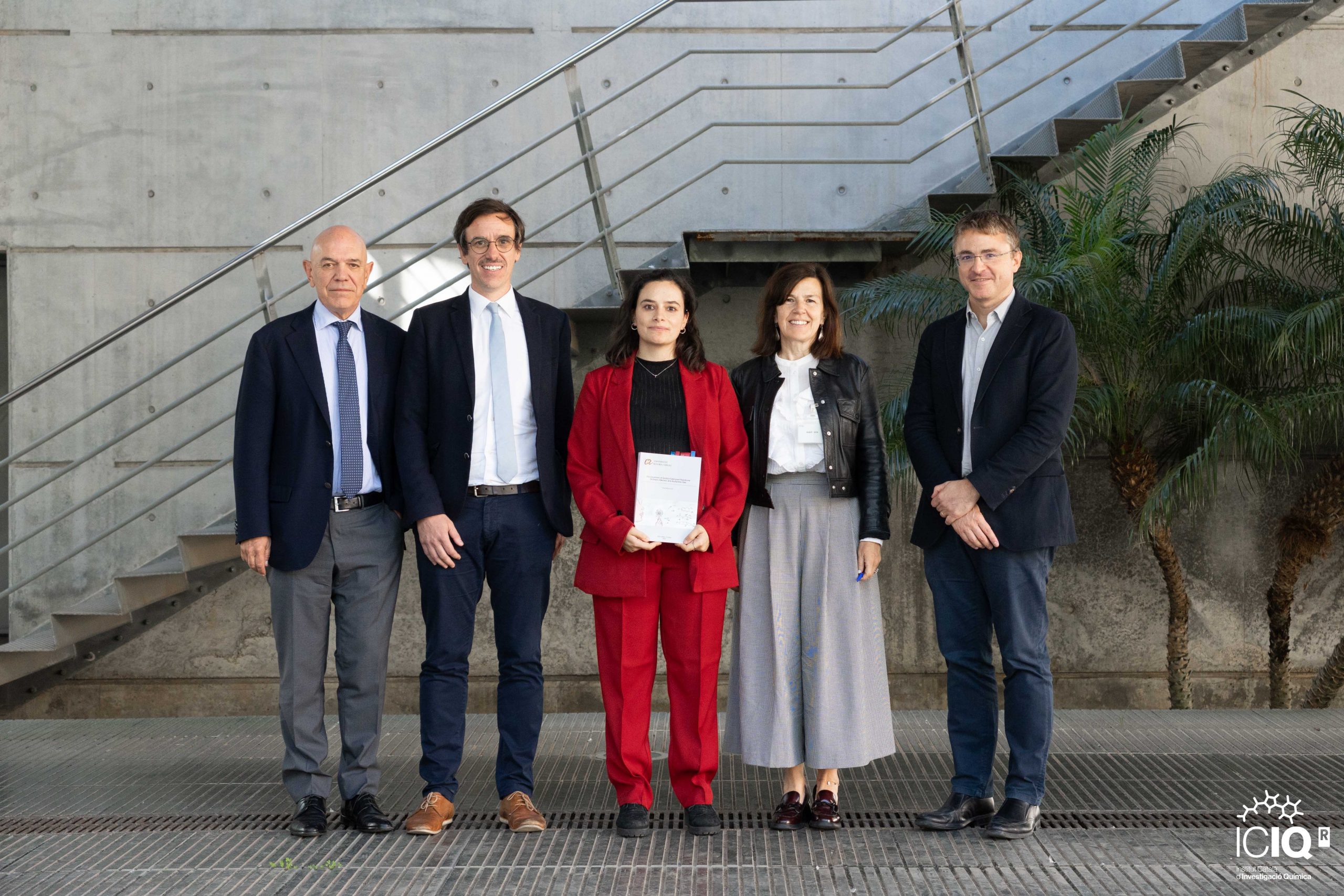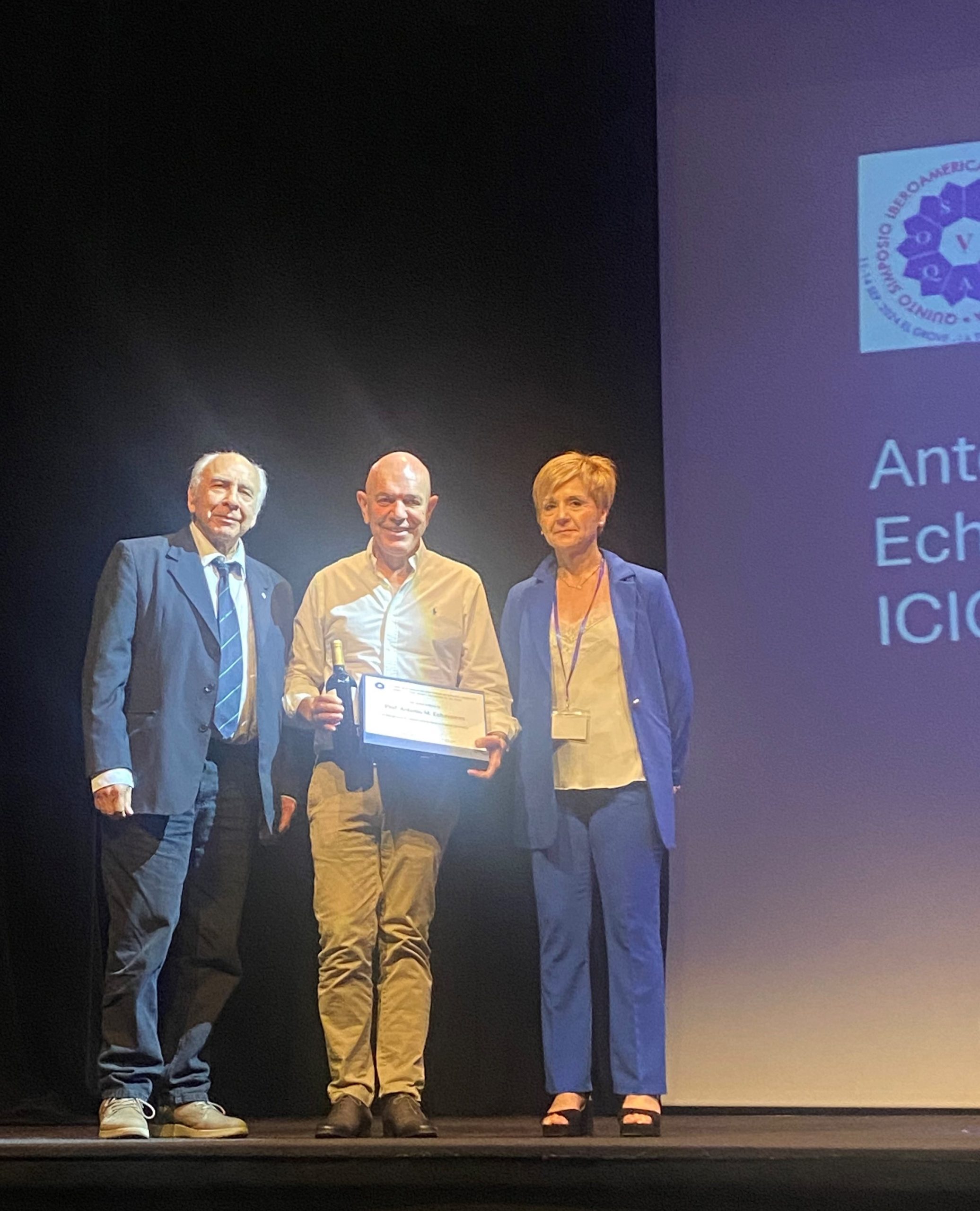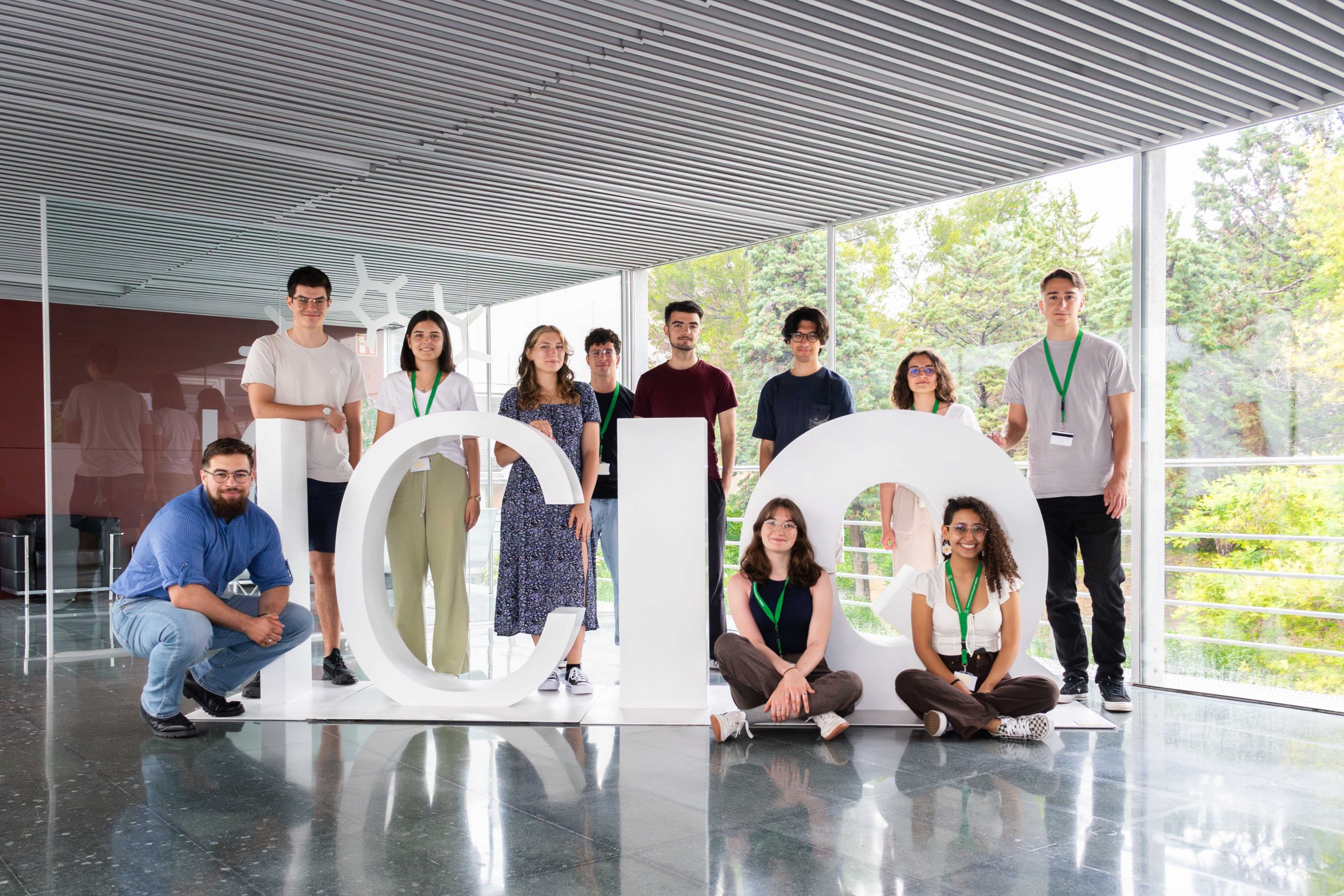Antonio M. Echavarren awarded ERC "Proof of Concept" grant
Antonio M. Echavarren, ICIQ group leader and president of the Royal Spanish Society of Chemistry (RSEQ), has received a European Research Council (ERC) “Proof of Concept” grant for the development of efficient routes for the synthesis of polyacenes.
Polyacenes are a family of organic molecules composed of rings of benzene, a cyclic hydrocarbon formed by six carbon atoms, linked together in a linear manner. “All polyacenes have been predicted for a long time, but nobody has synthesized the largest ones yet. We’ve been working on this project for a long time, in the end, we’ve found the ideal conditions to do it,” explains Echavarren.
The larger polyacenes resemble narrow graphene ribbons and are raising great interest for their possible applications in fields ranging from medicine to optoelectronics. The project entitled “A new technological platform for access to demand for long acenes,” will use the grant’s 150 000 € to solve the practical problems that arise when preparing molecules due to their insolubility and high reactivity.
The golden key opens all
The method developed in the laboratory of Echavarren to prepare polyacenes, and that can be improved thanks to the money of the Proof of Concept grant, consists of being direct in an indirect way. To do this, scientists prepare precursors, products that are very similar to the polyacenes but contain two additional hydrogen atoms at the junction of the rings, making the molecules stable under the synthesis conditions.
To obtain the polyacene, the scientists deposit the precursor molecule on a gold sheet and apply either heat or an electric current to remove the additional hydrogens. “Now we can synthesize stable molecules, by removing the hydrogens we can easily create the polyacenes. Chemistry not only invents its objects on paper, but it also allows you to build them,” says Echavarren with a smile.
The difficulty of synthesizing the longer polyacenes – the record is held by the Echavarren group after synthesizing undecacene, 11 benzene rings linearly bound – lies in the fact that both the reactivity and the insolubility of the molecules increases as they become larger. Other research groups have avoided these problems by creating ‘decorations’ for the polyacenes that provide stability and solubility to the molecule, but for Echavarren the merit is precisely to create ‘naked’ long acenes. “Addressing this type of problems is very attractive for organic chemists, however difficult they may be, I’ll do my best to solve them,” concludes Echavarren.
Related news

Let's create a brighter future
Join our team to work with renowned researchers, tackle groundbreaking
projects and contribute to meaningful scientific advancements
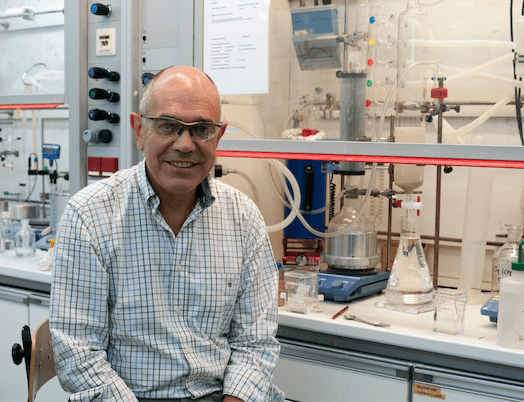






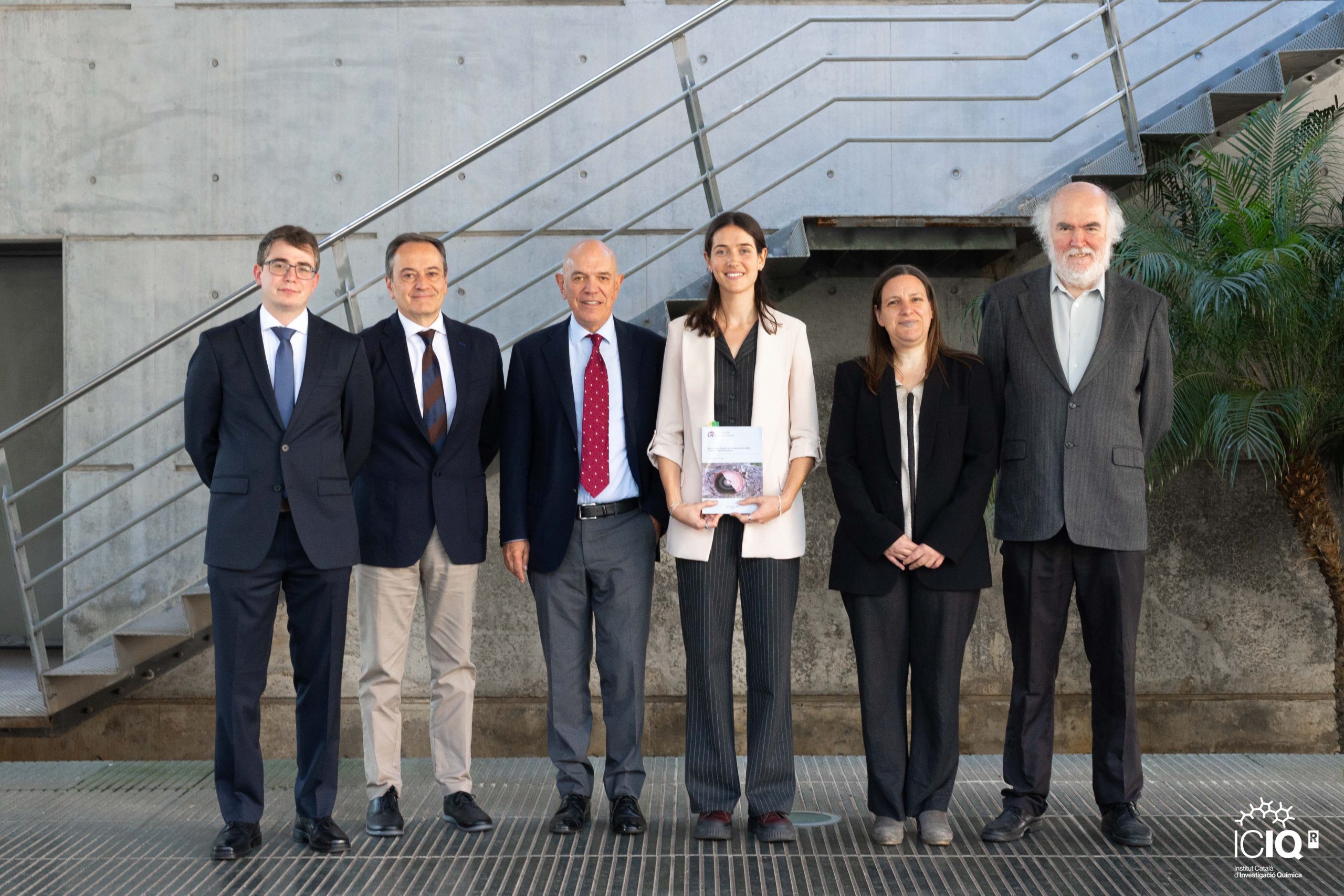
 24-10-2024
24-10-2024 